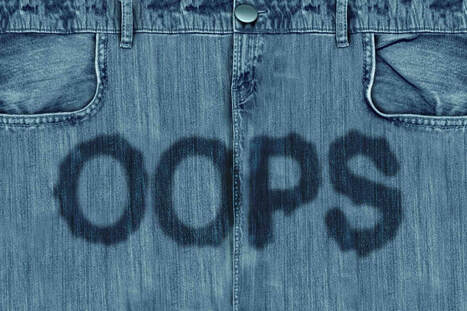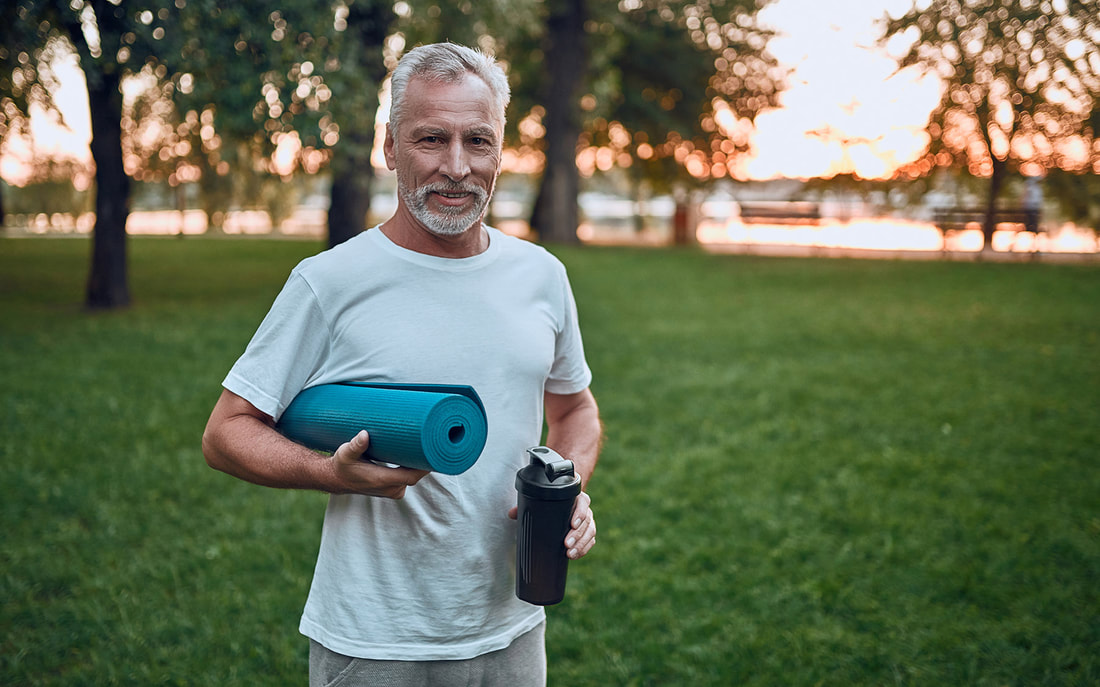​Nearly all men will experience incontinence at least temporarily after prostate removal. Many men who experience incontinence describe it as “mild†or “moderate†and will regain their urinary control in 6 months to 1 year; but a 1 in 5 men will experience symptoms longer term(1). It has been shown in multiple studies that the time to recover continence can be improved with a supervised exercise program, like in physical therapy. ​
I recommend at least 1 pre-operative assessment and 1 post-operative assessment approx 6 weeks after the procedure to assess your baseline function and to create an individualized exercise plan to maximize healing and function.Â
- The type of treatment can make a difference- surgery often leads to more significant incontinence and erectile dysfunction early on after treatment, while radiation may create different urinary symptoms (more frequency and urgency, possible bowel changes) and the erectile dysfunction, if it occurs, is often delayed. (1)
Newer technologies including hormone related treatment may be used which may present with a variation on these symptoms as well.
- Skill of your healthcare provider- surgeons that have done hundreds and thousands of surgeries have better outcomes typically, especially if they are using robotic assist technologies
- Your pre and post treatment lifestyle- there are many healthy habits that you can begin now, whether you have had a prostate cancer diagnosis or not. A well balanced diet, proper hydration, regular exercise and stress management can help. Age related fitness and lifestyle factors can affect your ability to recover after surgery or treatment.
It has been shown that men with incontinence or erectile dysfunction prior to prostate cancer treatment have a lower risk of full recovery after treatment or surgery.
- While Pelvic Floor PT can be effective in managing urinary side effects of prostate removal, sometimes surgery like a bladder or urethral sling may be needed to fully resolve incontinence that lasts longer than 1 year. It is important to talk to your health care providers, including a pelvic floor physical therapist to discuss your options (4).References
(1) Prostate Cancer foundation (PCF) patient guide 2021
(2)Â Urinary Incontinence After Prostate Surgery: Everything You Need To Know – NAFC
(3)Â Coffee consumption and risk of prostate cancer: a systematic review and meta-analysis | BMJ Open
(4) Singla, N., & Singla, A. K. (2014). Post-prostatectomy incontinence: Etiology, evaluation, and management. Turkish journal of urology, 40(1), 1–8. https://doi.org/10.5152/tud.2014.222014
AuthorKristen Topliff, DPTÂ is a wife, mom of preschoolers, and passionate pelvic health physical therapist. She has found that there is a significant need for the education and treatment of male pelvic health conditions. Kristen is also enthusiastic about helping people overcome pain and barriers to having meaningful sexual wellness. |





I never knew that men with incontinence or erectile dysfunction before prostate cancer therapy had a decreased chance of fully recovering following treatment or surgery. I never thought that it would be like this, I’ll share this with my aunt. Thank you for the information about prostate cancer treatment.